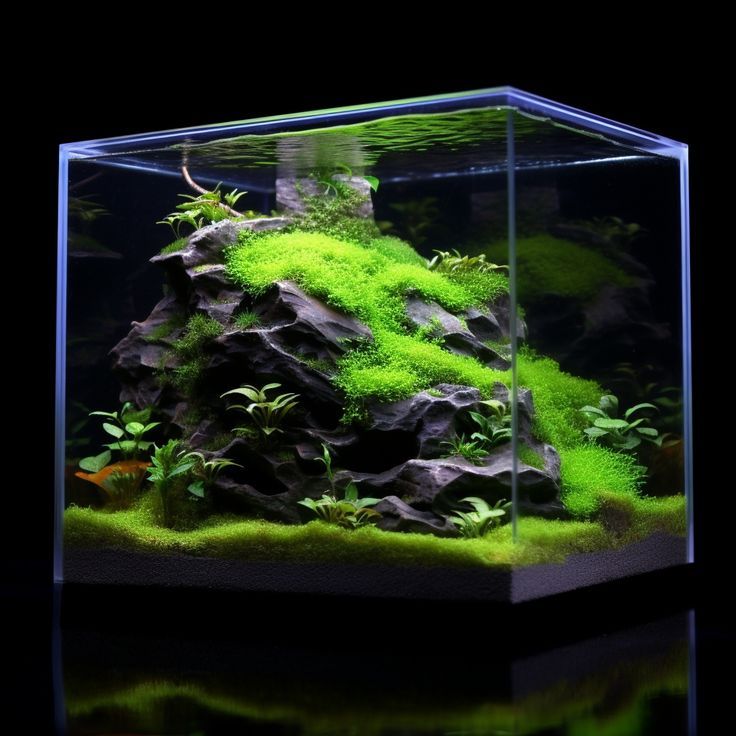
In today’s global market, the demand for raw materials is rapidly increasing, driven by industrial growth and technological advancements. However, this rising demand comes with heightened scrutiny of the environmental impact of mining and mineral usage. The question of which minerals are environmentally friendly or cause minimal harm to ecosystems has become pivotal for both industries and consumers. Understanding this can help businesses like Aquamarine, with over 25 years of experience in mineral sourcing, to lead the market by prioritizing sustainability.
Challenges in Determining Eco-Friendly Minerals
Identifying environmentally friendly minerals is not straightforward. The ecological footprint of a mineral depends on several factors:
- Extraction Process: The environmental impact of the mining method used to extract the mineral.
- Toxicity of Byproducts: Whether the mineral or its byproducts pose risks to ecosystems.
- Recyclability and Reusability: The extent to which the mineral can be recycled or reused without degradation.
- Energy Efficiency: The amount of energy required to extract, process, and utilize the mineral.
For example, while a mineral like copper is widely used and recyclable, its extraction can still result in significant environmental concerns if not managed responsibly. Companies such as Aquamarine strive to address these challenges by implementing sustainable practices in sourcing and logistics.
Minerals with Minimal Environmental Impact
Several minerals are considered more eco-friendly due to their properties and extraction methods. These include:
1. Silica (Quartz)
- Why It’s Eco-Friendly: Silica is abundant in nature, and its extraction has a relatively low environmental impact when compared to other minerals. It is used in electronics, construction, and glass manufacturing.
- Considerations: Responsible mining methods must still be employed to prevent habitat destruction.
2. Aluminum (Bauxite)
- Why It’s Eco-Friendly: Aluminum is lightweight, durable, and infinitely recyclable. Once extracted and refined, it has a long lifecycle with minimal degradation.
- Considerations: Bauxite mining can be energy-intensive, so sourcing from suppliers with renewable energy inputs is essential.
3. Graphite
- Why It’s Eco-Friendly: Graphite is vital for battery technologies, particularly in renewable energy storage. Its use supports the transition to cleaner energy systems.
- Considerations: Natural graphite mining should prioritize low-impact techniques to preserve ecosystems.
4. Copper
- Why It’s Eco-Friendly: Copper is a highly recyclable metal, essential for sustainable technologies such as renewable energy systems and electric vehicles.
- Considerations: Mining copper requires robust measures to manage waste and protect surrounding environments. Aquamarine, as a leading supplier of copper, ensures these standards are met.
5. Zinc
- Why It’s Eco-Friendly: Zinc is a critical component in corrosion-resistant coatings and is also 100% recyclable. Its long lifespan in products contributes to reduced environmental degradation.
- Considerations: Proper waste management during zinc extraction is necessary to prevent contamination.
6. Iron
- Why It’s Eco-Friendly: Iron, when alloyed into steel, becomes a cornerstone of modern infrastructure. Its recyclability ensures a low long-term environmental footprint.
- Considerations: Energy-efficient extraction and production methods can further minimize its impact.
7. Lithium
- Why It’s Eco-Friendly: Lithium is a key element in rechargeable batteries, crucial for renewable energy storage and electric mobility.
- Considerations: Sustainable lithium extraction is vital to avoid water depletion and soil damage in mining regions.
The Role of Responsible Sourcing
Even eco-friendly minerals can become harmful if sourced irresponsibly. The environmental impact of mining largely depends on adherence to sustainable practices. Companies like Aquamarine are at the forefront of implementing responsible sourcing strategies, such as:
- Reducing Waste: Minimizing byproducts during extraction and processing.
- Energy Efficiency: Leveraging renewable energy sources in mining operations.
- Community Engagement: Working with local communities to ensure ethical practices.
- Recycling Initiatives: Promoting the reuse of minerals to extend their lifecycle.
By ensuring these practices, Aquamarine not only minimizes its environmental impact but also provides a reliable and sustainable supply chain to its clients across industries.
How to Address Consumer Concerns
Many industries are concerned about the sustainability of their raw materials. The following steps can help businesses and consumers make informed decisions:
- Certifications: Verify whether the minerals are certified by reputable organizations for sustainability.
- Supplier Transparency: Work with suppliers who provide detailed information on their sourcing and extraction methods.
- Recyclability Focus: Opt for minerals with high recyclability rates, reducing the need for new mining.
- Life-Cycle Analysis: Assess the overall environmental impact of a mineral, from extraction to end-of-life disposal.
Aquamarine, with its transparent practices and expertise, addresses these concerns effectively. As a trusted supplier, we ensure our minerals meet environmental and ethical standards.
Conclusion
The search for environmentally friendly minerals is a complex yet essential task for industries aiming to balance growth with sustainability. While minerals like silica, copper, and zinc hold promise due to their properties and recyclability, their true environmental impact depends on responsible sourcing and processing.
Aquamarine, with its extensive experience and commitment to sustainability, is uniquely positioned to guide industries toward a greener future. By prioritizing transparency, responsibility, and efficiency, Aquamarine ensures that its clients receive not only high-quality materials but also peace of mind regarding their environmental impact.